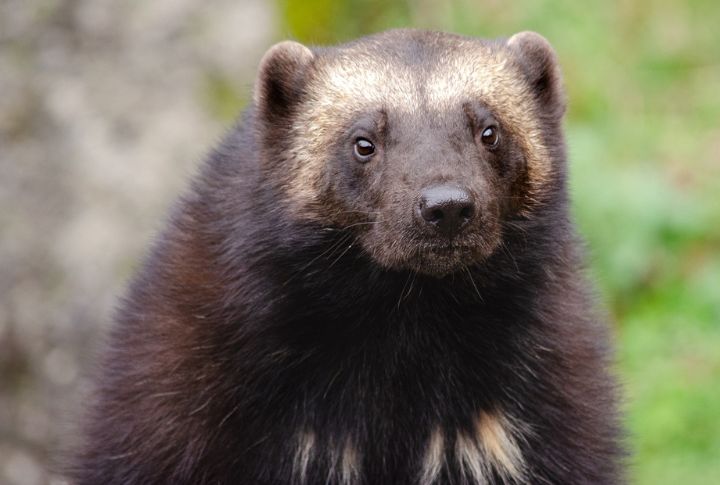
Every time a wolverine is sighted, it makes the news and fascinates wildlife enthusiasts and researchers. However, wolverines have largely vanished due to habitat destruction, with some areas not seeing them for over 100 years. This article explores some fun facts about Wolverines and the states with the most recorded sightings.
Strong and Cunning
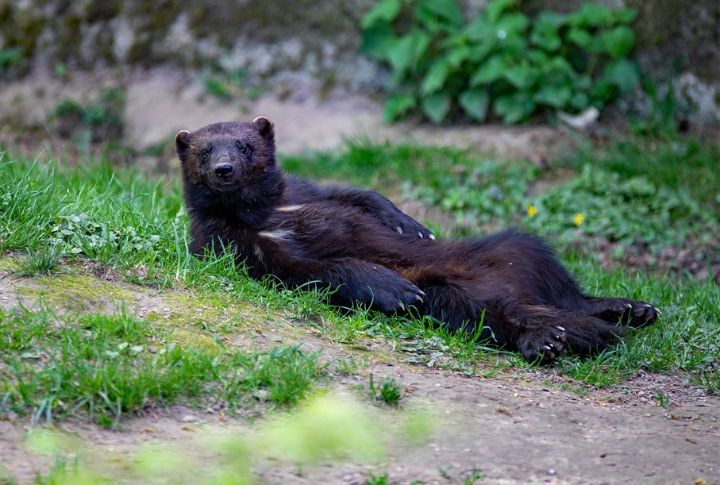
Despite their relatively small size, wolverines are incredibly strong and cunning. Their powerful muscles and sharp claws enable them to tackle prey much larger than themselves. Intelligence and strategic thinking also allow them to outsmart both prey and predators.
Daring Against Larger Predators
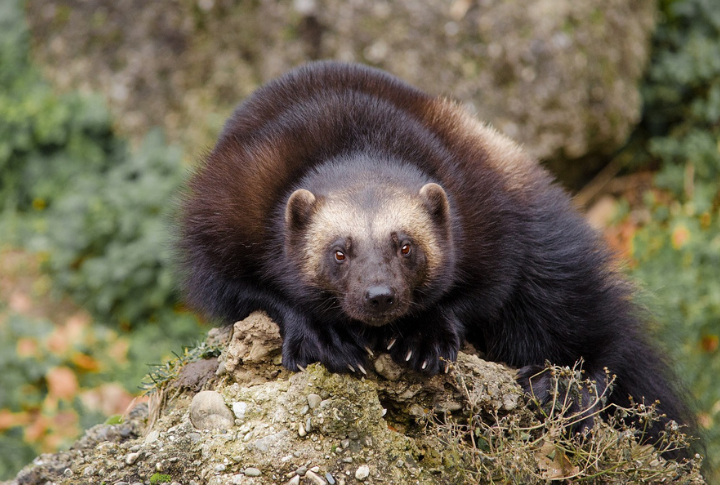
When confronted by larger predators, Wolverines do not just roll over but exhibit a daring nature. This boldness is essential for their survival, as it deters potential threats and secures access to vital resources.
Incredible Travelers
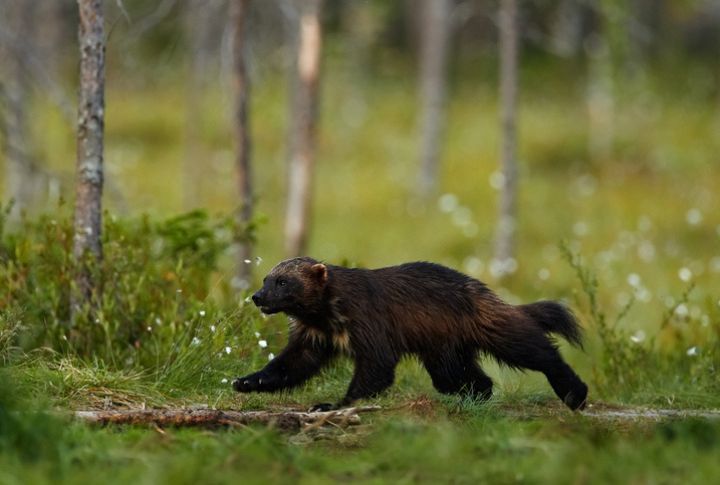
Remarkable endurance and resilience make Wolverines exceptional travelers. They can cover 18-20 miles daily, moving through snow and rugged mountain peaks. An extraordinary example of their traveling prowess is the wolverine that journeyed over 600 miles from Idaho to the Tahoe National Forest.
Dependent on Snowpack
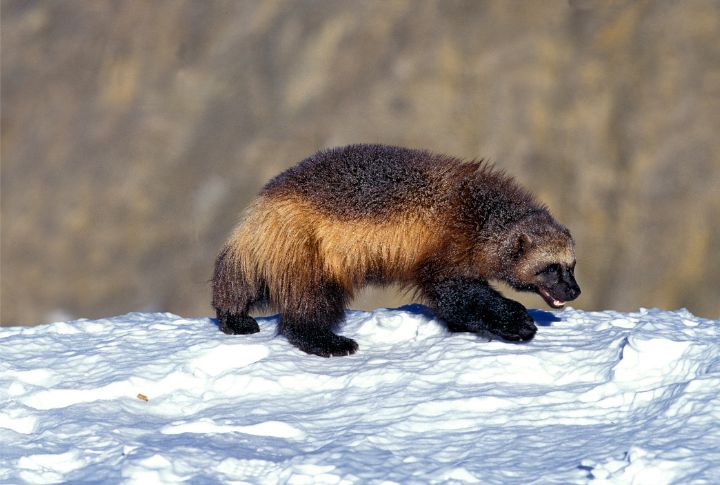
Wolverines thrive in regions with deep snowpacks, which are crucial for survival and reproduction. These snowy areas provide insulation and protection for their dens, where females give birth and raise their young. It also aids in their hunting, as it helps preserve carcasses and provides cover for stalking prey.
Dependent on Their Sense of Smell
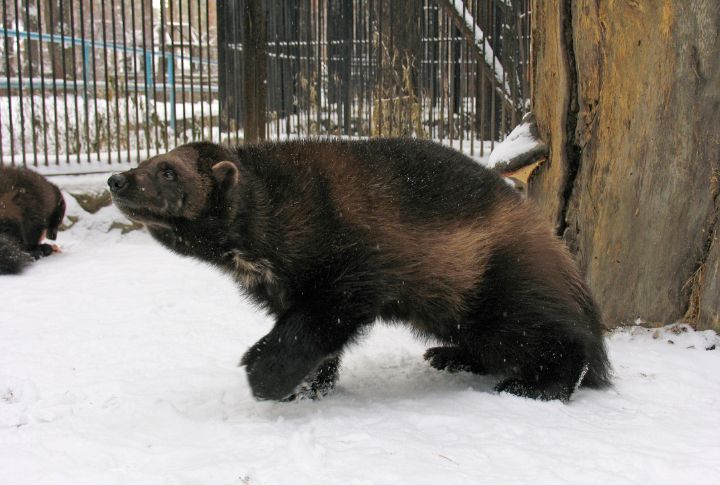
Compensating for their less developed eyesight and hearing, Wolverines possess an extraordinary sense of smell. The acute olfactory ability allows them to detect food, mates, and potential threats over long distances. Wolverines rely on their sense of smell to locate prey hidden under snow and communicate through scent marking.
Referred To As “The Glutton”
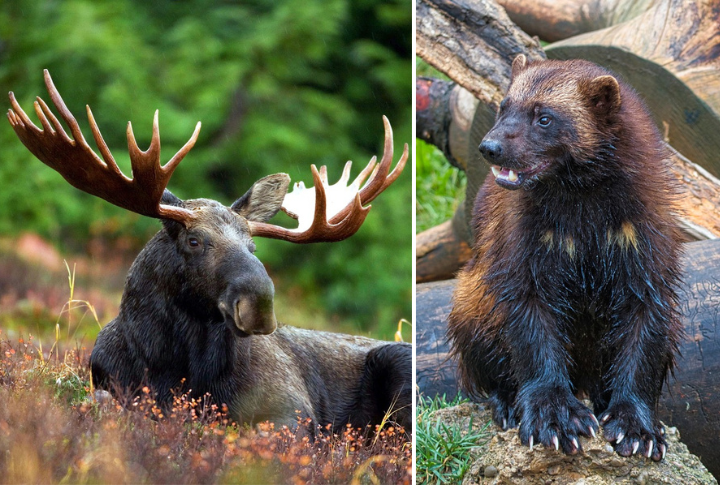
The wolverine’s scientific name, Gulo gulo, translates to “glutton” in Latin, describing their insatiable appetite. As predators and scavengers, wolverines consume various foods, from small rodents to large ungulates like moose. They are known to cache food for later use. Read on for the states with the most Wolverine sightings.
Alaska

Alaska is like wolverine heaven, with lots of wide-open spaces for them to roam. These animals are known for their incredible endurance and often travel up to 30 miles daily. Wolverines are opportunistic feeders, consuming anything from voles to Caribou carcasses. They are also culturally important to Alaska natives.
Montana

Montana’s mountainous western region is prime Wolverine territory. The rugged, remote peaks offer the perfect hideout for these solitary creatures, often found in remote, high-elevation areas where they can avoid human interference. Montana’s conservationists are working tirelessly to protect these wild places, having recognized the importance of preserving this habitat.
Wyoming
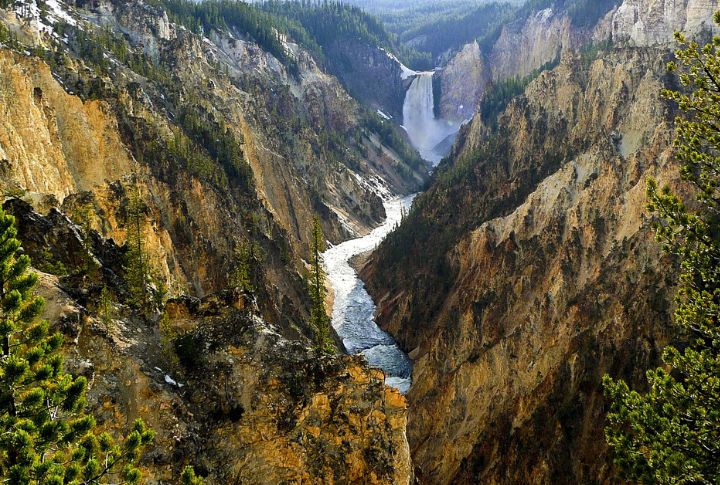
With a population estimated at just 15, Wyoming is one of the few states with a precise count. People have sighted Wolverines in the greater Yellowstone area, and conservation efforts have enabled them to migrate from Canada back to the US. The mountainous regions offer habitats to them.
Idaho
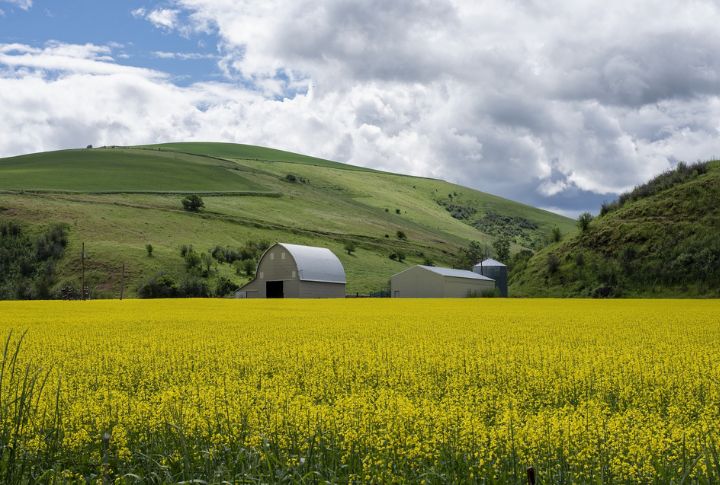
Known for their wide-ranging wanderlust, Idaho’s wolverines have been spotted roaming the northern and eastern mountain ranges, popular destinations for hikers. They are often traveling long distances in search of food. Conservationists are diligently working to safeguard their future.
Washington
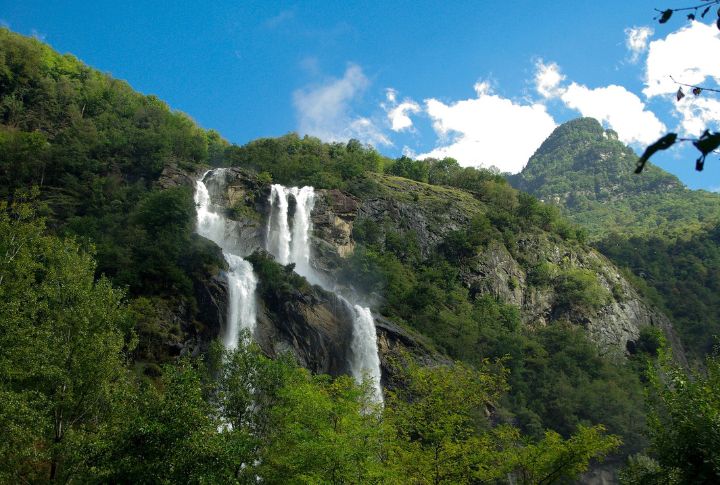
Washington’s alpine regions, particularly the Cascade Mountains and surrounding forests, are home to 25 wolverines. Primarily inhabiting the high-elevation areas, these solitary creatures thrive in environments far removed from human activity. However, studying these animals presents formidable challenges for researchers due to their harsh and remote habitat.
Oregon
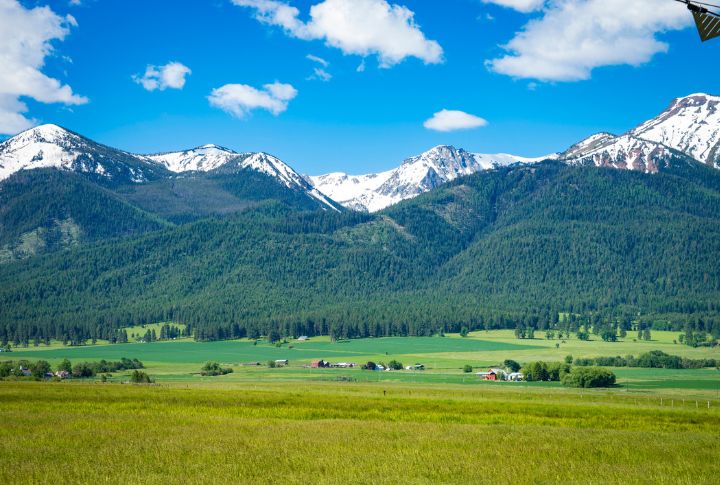
Oregon’s Wallowa mountain range is a known Wolverine territory. Recent sightings outside their typical habitats suggest that urbanization and climate change may be forcing wolverines to travel farther in search of food.
California
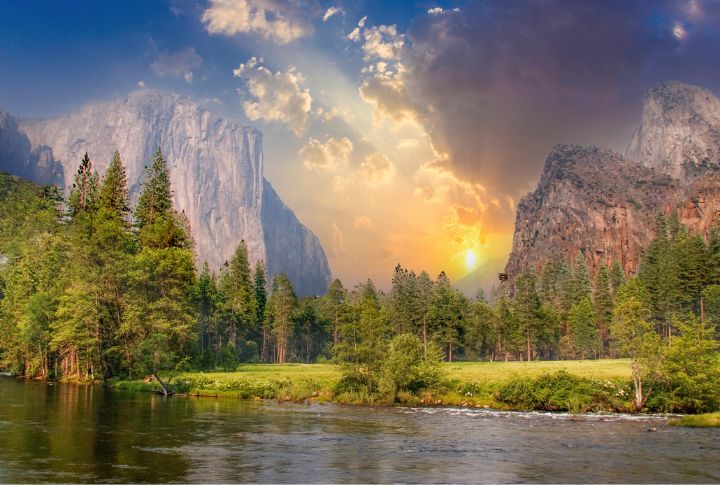
Over the past century, just two potential sightings have happened in California, with only one confirmed. The last sighting occurred in Yosemite National Park, where researchers believed the animal had strayed from its natural habitat in the Sierra National Forest.
Utah
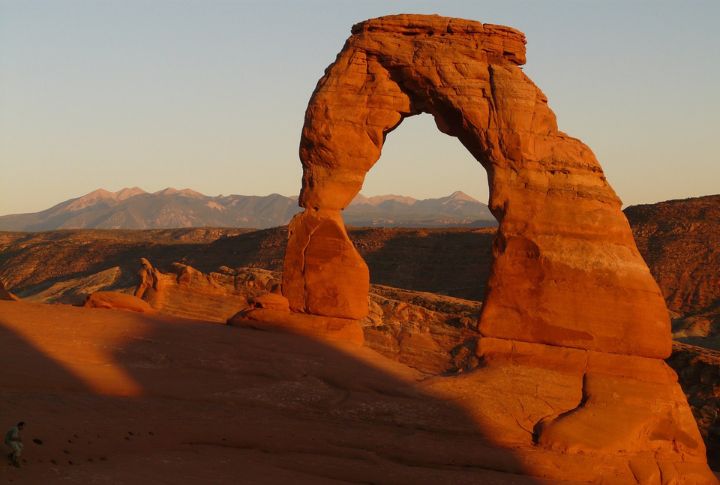
Wolverines have also been sighted in Utah, though detailed information about their population is limited. Wolverines in Utah are likely to be found in the state’s mountainous regions, where they can avoid humans.
Nevada

Nevada is also listed as a state where wolverines live, though detailed information about their populations in these states is limited. Wolverines in Nevada are likely to be found in the state’s mountainous regions, just like in other states, where they can live without encountering humans.

